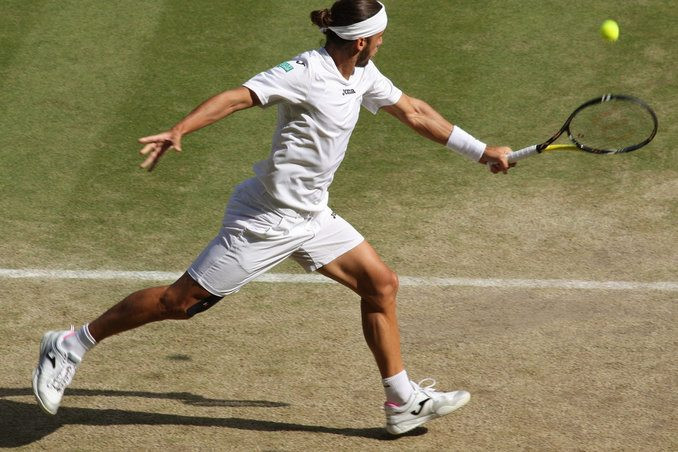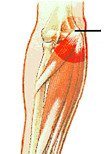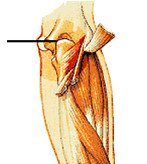- Lift objects with palm facing up
- Exercise by regularly stretching your hand muscles
- Always do warm up exercises by stretching your hands before the start of any activity
Exercise 1:
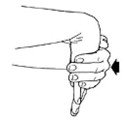
Exercise your muscle by bending the wrist. Stretch your arms straight out in front of you, bend your palm downwards and bend it further down until you feel a stretch in your forearm.
Exercise 2:
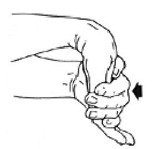
Exercise the inside part of your arm by stretching your arms straight out in front of you, with your palm up. Bend your wrist down towards yourself. These two exercises are used to stretch the muscles and both exercises should be done for 15 seconds. Repeat this 2 or 3 times a day in three different intervals.
Continue to exercise your muscles to strengthen them. Do this by supporting your forearm on a table and have your hand hanging over the edge. Place your palm down towards the ground. Alternatively, sit on a chair and rest your hands on an armrest. Use a lightweight object that you can grasp on to, such as a bottle, and repeat exercises 3 to 6 below at least 30 times.
Exercise 3:
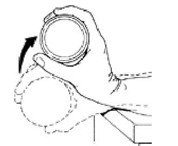
Exercise the hand muscles by holding on to an object with the palm facing down. Extend the wrist upward so that it is pulled back. Hold this position for 5 seconds, and then slowly release.
Exercise 4:
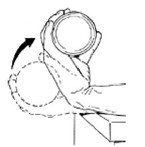
Exercise the inside of the hand muscles by holding on to an object with the palm facing up. Pull the wrist up and hold for 5 seconds, and then slowly release.
Exercise 5:
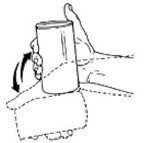
Exercise the muscles on the sides of the hand. Hold the object upright in the palm of your hand, and move your wrist up and down.
Exercise 6:
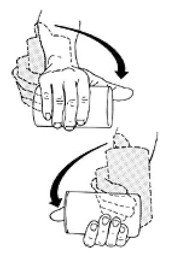
Exercise the muscles around the wrist of your hand. Continuing from the previous exercise, rotate your wrist. Turn the wrist inward as far as possible and hold for 5 seconds and then turn the wrist outward as far as possible and hold again for 5 seconds. Repeat this about 30 times
Exercise 7:
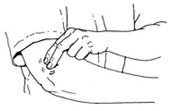
Massage gently by applying firm pressure using 2 fingers on the area of the pain. You may use some medication and rub the area of the pain for about 5 minutes. If you still have pain, apply an ice compress on the area.
